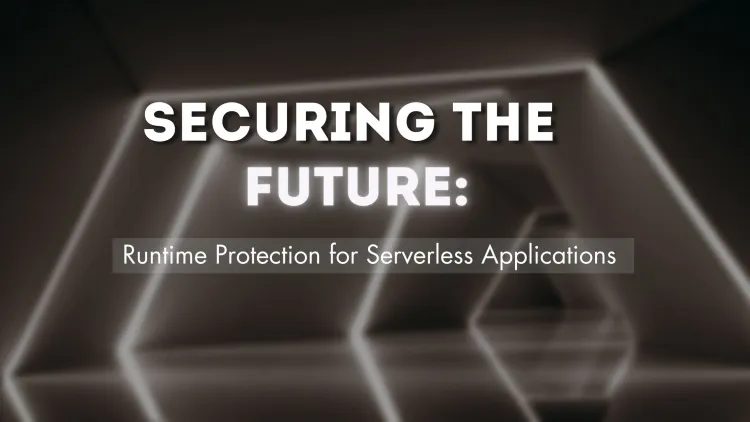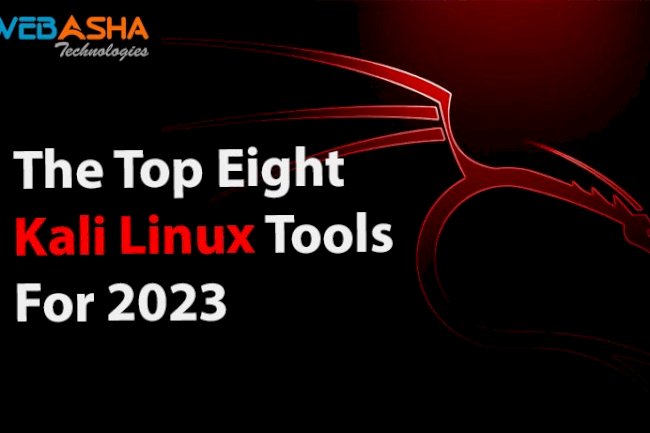Securing the Future: Runtime Protection for Serverless Applications in 2025
The future of serverless security in 2025 will pivot from reactive log analysis to proactive real-time runtime protection, addressing the unique challenges of serverless computing, such as increased attack surfaces, short-lived functions, and misconfigurations. With advancements like AI-powered tools, zero-trust architectures, and security-as-code practices, organizations will focus on monitoring serverless functions during execution, detecting anomalies, and mitigating threats instantly. This shift will empower businesses to safeguard sensitive applications while embracing the speed, flexibility, and scalability of serverless environments.

As serverless computing continues to grow in popularity, its security needs are rapidly evolving. By 2025, organizations will shift their focus from post-incident log analysis to real-time runtime protection, enabling them to counter threats as they occur. This blog explores the advancements in serverless security, the challenges organizations face, and the innovative solutions shaping the future.
What is Serverless Computing?
Serverless computing allows developers to focus on writing code without worrying about the underlying infrastructure. Cloud providers like AWS Lambda, Azure Functions, and Google Cloud Functions handle server management, scaling, and maintenance.
While this approach offers flexibility, speed, and cost efficiency, it introduces new security challenges. With no traditional server to protect, organizations need to rethink their security strategies to safeguard these modern applications.
Key Security Challenges in Serverless Computing
1. Increased Attack Surface
Every serverless function is a potential entry point for attackers. These small, interconnected functions must be secured both individually and as part of the larger system.
2. Lack of Visibility
Traditional security tools like firewalls and endpoint protection are not designed for serverless architectures. This limits an organization’s ability to monitor and detect hidden threats in their systems.
3. Data Exfiltration Risks
Serverless functions often interact with sensitive data, APIs, and external services. Weak security controls can result in unauthorized access or data breaches.
4. Misconfigurations
Misconfigured APIs, permissions, or cloud storage are a common source of vulnerabilities in serverless environments.
5. Short-Lived Functions
Serverless functions are designed to run for short durations, making it difficult to detect and respond to threats in real time.
The Shift from Logs to Runtime Protection
Traditional Security: Logs and Post-Incident Analysis
In the past, serverless security relied on analyzing logs after an incident occurred. While helpful for understanding what went wrong, this reactive approach often came too late to prevent damage.
Future Security: Real-Time Runtime Protection
By 2025, organizations will focus on runtime application protection. This proactive approach monitors serverless functions during execution, detects threats in real time, and mitigates them instantly.
Key Features of Runtime Protection:
- Real-Time Threat Detection: Identifies suspicious behavior, such as unauthorized API calls or data access, during execution.
- Automatic Mitigation: Instantly stops malicious activities without disrupting normal operations.
- Behavioral Analysis: Learns the normal behavior of functions and flags anomalies.
- Granular Visibility: Provides detailed insights into each function’s operations, improving overall security.
Advanced Tools and Solutions for Serverless Security
1. Function-Level Firewalls
Cloud providers are introducing tools that act as firewalls for individual serverless functions, blocking unauthorized traffic before it reaches the application.
2. Zero-Trust Architecture
This model ensures that no user or function is automatically trusted. Every interaction is authenticated and authorized before access is granted.
3. Security-as-Code
Integrating security checks into the development pipeline ensures that vulnerabilities are identified and resolved before deployment.
4. AI-Powered Security
Artificial intelligence enables real-time analysis of large datasets to detect and respond to threats more effectively.
5. Cloud-Native Security Platforms
These platforms are built specifically for cloud and serverless environments, offering comprehensive protection from development to runtime.
How Organizations Can Prepare for Serverless Security in 2025
1. Invest in Automation
Automate processes like vulnerability scanning, monitoring, and threat response to match the fast pace of serverless environments.
2. Train Development Teams
Educate developers about the unique security challenges in serverless architectures and how to address them effectively.
3. Adopt DevSecOps
Integrate security practices into every stage of the software development lifecycle to ensure robust protection from the start.
4. Leverage Cloud Provider Tools
Utilize built-in security features offered by cloud platforms like AWS, Azure, and Google Cloud for enhanced protection.
5. Implement Continuous Monitoring
Deploy tools that provide real-time insights into serverless functions, allowing organizations to detect and mitigate threats proactively.
Conclusion
The future of serverless security lies in real-time runtime protection, which enables organizations to identify and stop threats as they happen. By moving from reactive log analysis to proactive monitoring, companies can secure their serverless applications against evolving cyber threats.
As serverless computing continues to grow, investing in advanced security tools, team training, and automation will be essential to stay ahead. Embracing these innovations will allow organizations to unlock the full potential of serverless technology while keeping their systems and data safe.











![Top 10 Ethical Hackers in the World [2025]](https://www.webasha.com/blog/uploads/images/202408/image_100x75_66c2f983c207b.webp)



![[2025] Top 100+ VAPT Interview Questions and Answers](https://www.webasha.com/blog/uploads/images/image_100x75_6512b1e4b64f7.jpg)







